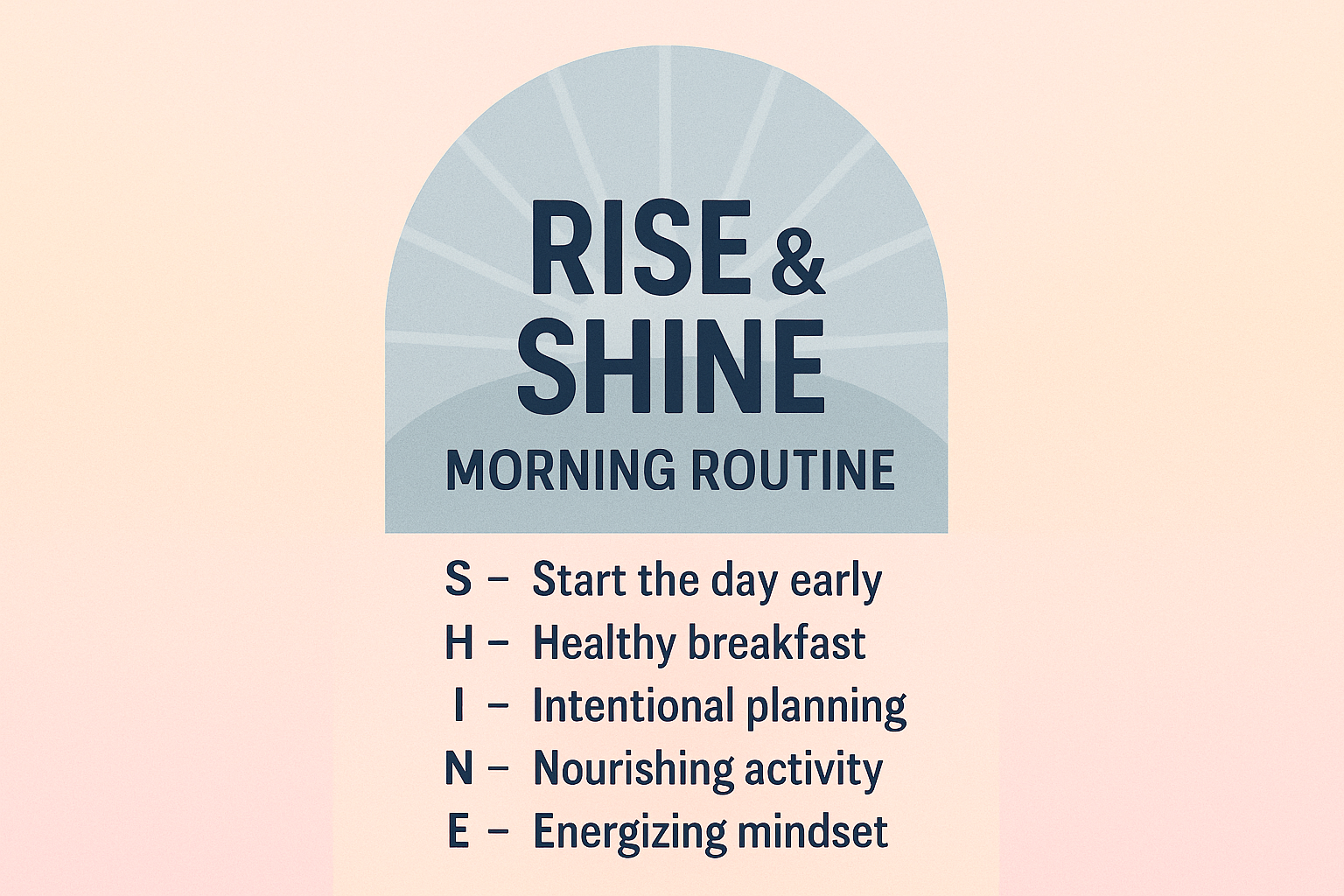(10-Min Fall Walk Plan)
Why does this help (and why is 10 minutes plenty)
Some evenings arrive “heavy”—emails, and a brain that won’t turn down. On those days, I lace up, step outside, and promise myself “just to the corner.” Ten minutes later, my shoulders have lowered, and my thoughts feel less loud.
A short, steady walk works because it gives your nervous system rhythm and light, which equates to a tiny win. You don’t need perfect gear or perfect weather, just a safe route and a kind pace.
If you can walk to the mailbox and back, you can do this plan — trust me on this.
Your 10-Minute Fall Walk (any day, any time)
Minute 0–1: Arrive
Stand tall. Roll your shoulders—up—back—and down. Unclench your jaw. Inhale through your nose for four counts, exhale for 6. Quiet intention: “May this walk soften my mind.”
Minute 1–3: Ease in
Start slow. Notice three things you can see, two you can hear, one you can feel (air on your skin, the ground under your feet).
Minutes 3–7: Find your groove
Move at a pace that allows you to hold a conversation. Let your breath match your steps: inhale for three steps, exhale for 4. When thoughts try to spiral, label them “thinking” and return to counting.
Minutes 7–9: Name the good
Say three small gratitudes out loud—leaf colors, a neighbor’s wave, the fact that you showed up.
Minutes 9–10: Gentle finish
Slow down. Inhale 4, exhale 8. Thank your legs. Thank your lungs. If it fits your faith, whisper: “Peace in, peace out.”
Optional +2–5 minutes: Feeling, okay? Add one easy loop. Same pace, same breath.
Make it easy to keep
- Same route, same time. Remove decisions; let it be automatic.
- Anchor it. After coffee, after school drop-off, or after dinner dishes.
- Indoor counts. Hallway laps, mall walking, big-box aisles, or marching in place by the kettle.
- Joint-kind tips. Keep steps small, land softly, arms relaxed, shoulders down.
Reflection questions (pick one per walk)
- What felt a little easier by minute six than at minute one?
- What did my body ask for—slowness, water, reassurance, warmth?
- Which thought kept looping—and what kinder version can I practice?
- Where did I notice beauty today (a color, a sound, a kindness)?
- What do I want to remember about how I showed up for myself?
Low-energy boosters
- Two-part ten. Five minutes now, five minutes later still counts.
- Sun-peek rule. If a patch of light shows up, step into it for two minutes.
- Text a buddy. “Doing my 10-minute fall walk—walk with me?
- Warm finish. Pair your walk with tea, a cozy sweater, or a 60-second calf stretch.
Faith-friendly add-ons (optional)
- Breath prayer: Inhale “Peace,” exhale “Hold me.”
- Verse to carry: “Cast all your anxiety on Him because He cares for you.” (1 Peter 5:7)
- Tiny blessing: “May this walk unclench my mind and brighten my day.”
Quick FAQ

Is 10 minutes enough to shift my mood?
Yes. Small, consistent movement lowers stress reactivity and gives you an immediate sense of control—this means less anxiety.
What if it’s raining or dark?
Swap to an indoor route or walk earlier. Keep the ritual; change the location.
Do errands count?
If you’re walking at a leisurely, steady pace for ~10 minutes, they count.
My knees are weak—now what?
Shorten your stride, choose flat ground, and wear supportive shoes. If pain persists, scale to 5 minutes or check in with a clinician.
One-minute warm-down
- Calves: Step one foot back, heel down—20s on each side.
- Shoulders: Slow arm circles, five each way.
- Neck: Ear to shoulder, 10s each side. Soft exhale.
Tiny tracker (copy/paste)
Mon ◻ Walked ◻ Breath count ◻ Gratitude x3
Tue ◻ Walked ◻ Breath count ◻ Gratitude x3
Wed ◻ Walked ◻ Breath count ◻ Gratitude x3
Thu ◻ Walked ◻ Breath count ◻ Gratitude x3
Fri ◻ Walked ◻ Breath count ◻ Gratitude x3
Sat ◻ Walked ◻ Breath count ◻ Gratitude x3
Sun ◻ Walked ◻ Breath count ◻ Gratitude x3
Helpful Resources
- Need a light boost on dark mornings? Read “Light Therapy & Faith: Do Lamps Help SAD?” for a simple primer on pairing light boxes with prayerful routines.
- On very low-energy days, try “Gratitude When Depressed)” for micro-gratitude prompts that actually work.
- If fall anxiety spikes, my “Anxiety in October? A 3-Step Faith Reset” walks you through a breath prayer, a grounding verse, and one small action.
- For a full day structure, see “Fall Routine for a Calmer Mood: Morning & Night.”
- Learn the basics of how walking supports mental health with an accessible overview from a trusted public-health source.
- Get practical tips on starting a walking habit safely from a national health organization.
- Explore compassionate tools from a mental health advocacy group such as National Alliance on Mental Health–if anxiety or low mood feels heavy.
Schedule your first 10-minute walk for tomorrow and set your shoes by the door tonight. When you get back, tell me one small thing you noticed—I’d love to hear it.
Let gratitude steady your feet today.
~Kay~



Kay, as a Fitness Advocate, you’ve hit the Nail on the Head. So many people think they have to do a lot to stay physically and Mentally sharp, they are wrong. My Neighbors look at me strange sometimes when they see me walking 3 Blocks to the Store or just start strolling through the Neighborhood.
As you’ve stated, it’s invigorating, mentally stimulating, and gives one the chance to smell the Roses.
Take if from a guy that’s had 2 Hip Replacements with one needing a complete Reconstruction, short or long walks are beneficial. I have no doubt that anyone that reads your post and takes its advice will benefit from it. Kudoo’s
Hello,
Thank you so much for sharing this—and huge respect for your consistency after two hip replacements. ???? You’re proof that short, steady walks absolutely count: they lift mood, sharpen focus, and keep us moving without the “all-or-nothing” pressure. A few hip-friendly tips I love: supportive shoes, gentle 3–5 minute warm-up, upright posture with easy arm swing, and flat routes or soft paths when possible. Listen to your body, not the clock. —Kay